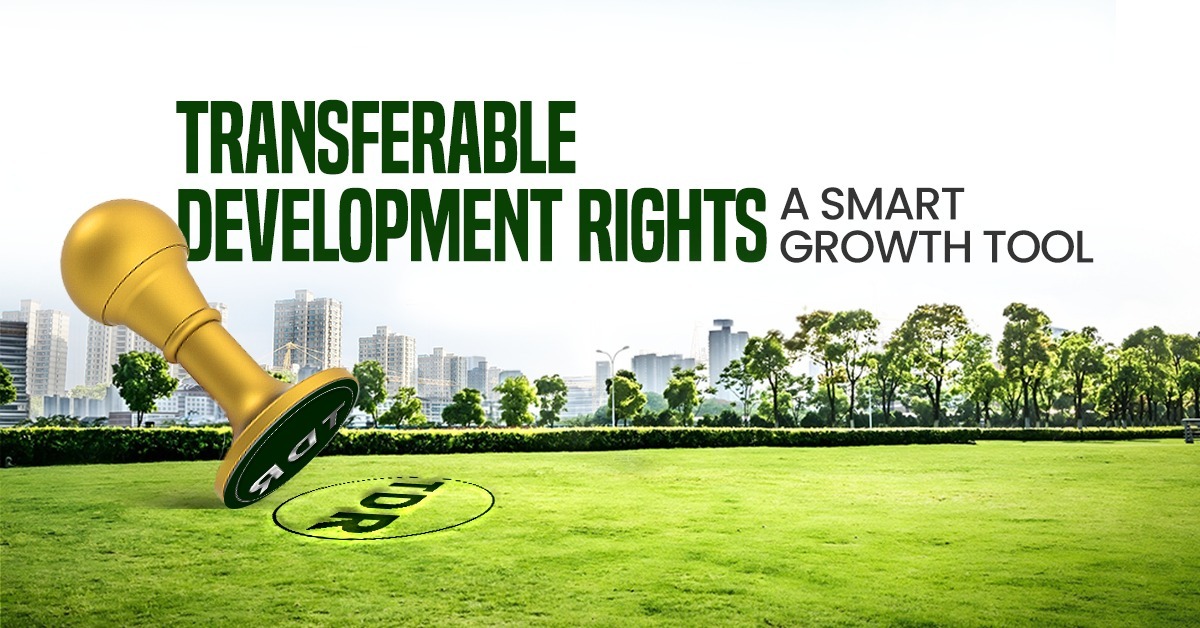The TDR full form in real estate is Transferable Development Rights, which is a regulatory method used by urban planning authorities to control and direct growth in a way that balances development with conservation. TDR in real estate refers to the legal ability to transfer the potential to develop one parcel of land (called the sending site) to another (called the receiving site).
For instance, if a landowner owns a property in a zone reserved for preservation (like heritage sites, parks, or agricultural lands), they can sell the unused development potential of that land to a developer who wants to build more than the permitted limit in a high-growth
In construction, TDR meaning is deeply tied to how much can be built and where. For builders and developers, TDR in construction becomes a powerful tool to maximize land use in premium zones. Here’s how:
Thus, TDR in construction enables the market to determine where growth should occur while preserving ecological, cultural, or low-density zones elsewhere.
Still wondering about the TDR meaning? In simpler words, it’s like transferring “construction rights” from one land to another. The government assigns a value to how much development is allowed in a certain area. If that development isn’t used in a preservation zone, it can be moved – or “transferred” – to a zone that needs growth.
This technique ensures that landowners in restricted areas are not at a financial loss, while developers in growth corridors can construct taller buildings or expand projects. It’s a win-win situation for city planners, developers, and the environment.
Despite its benefits, implementing the Transferable Development Rights system isn’t without challenges:
Governments and urban planners must ensure proper policy frameworks, public education, and digital platforms to streamline and secure TDR transactions.
Several Indian metros like Mumbai, Hyderabad, and Pune have successfully adopted TDR as part of their urban planning strategies. In Mumbai, for instance, the TDR mechanism has
been instrumental in redeveloping slums and dilapidated buildings. In Hyderabad, TDR is offered in return for land surrendered for road widening, parks, and public amenities.
Each city may have a different TDR policy, but the principle remains the same: Transferable Development Rights is a tool to achieve balanced, sustainable, and inclusive urban development.
To sum up, the Transferable Development Rights is more than just a planning term – it’s a catalyst for intelligent urban development. Whether you’re a builder aiming to expand or a landowner in a conservation zone, understanding TDR meaning, TDR in construction, and the TDR full form in real estate can open new avenues for development and investment.
As urban areas continue to grow, tools like TDR will be essential in shaping cities that are not only larger but also smarter and more sustainable.

